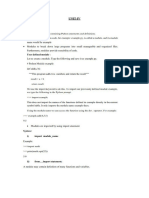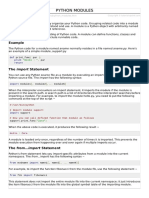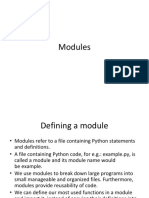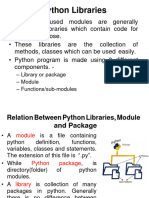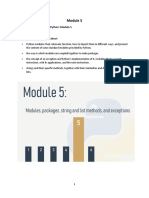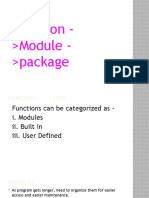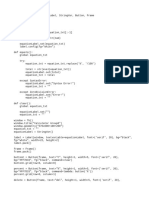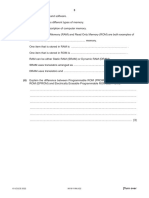0% found this document useful (0 votes)
40 views12 pagesModules
The document explains Python modules and packages, emphasizing their role in organizing code for better maintainability. It covers how to create and import modules, use the from-import statement, and manage namespaces in Python. Additionally, it details the structure of packages and how to import modules from them, providing examples throughout.
Uploaded by
Priksha SharmaCopyright
© © All Rights Reserved
We take content rights seriously. If you suspect this is your content, claim it here.
Available Formats
Download as PDF, TXT or read online on Scribd
0% found this document useful (0 votes)
40 views12 pagesModules
The document explains Python modules and packages, emphasizing their role in organizing code for better maintainability. It covers how to create and import modules, use the from-import statement, and manage namespaces in Python. Additionally, it details the structure of packages and how to import modules from them, providing examples throughout.
Uploaded by
Priksha SharmaCopyright
© © All Rights Reserved
We take content rights seriously. If you suspect this is your content, claim it here.
Available Formats
Download as PDF, TXT or read online on Scribd
/ 12
